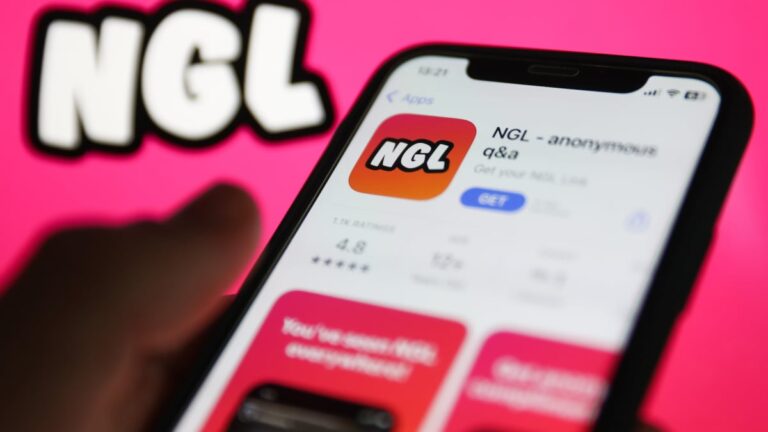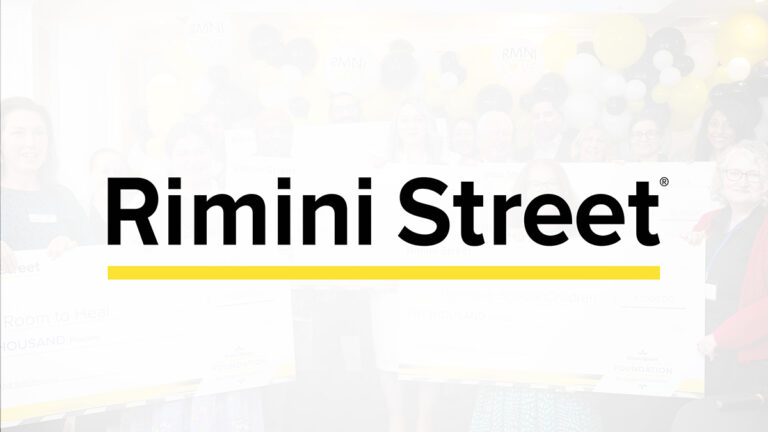[ad_1]
The Great Tech Blog Heist: How a Shady Agency is Plagiarizing the Past
It’s a dark day for tech journalism. A notorious agency, Web Orange Limited, has been caught red-handed in a brazen attempt to revive several beloved tech blogs, including TUAW (The Unofficial Apple Weblog) and iLounge, by plagiarizing their archives and passing off the content as new.
The masterminds behind this scheme are using AI-powered content generation to create an eerie resemblance to the original articles, complete with stolen author names and fake profiles. The company’s modus operandi involves scooping up dormant domains, stripping them of their original content, and then flooding the sites with AI-generated articles and author profiles.
The latest victim is TUAW, which was shut down by AOL in 2015 but has been revived by Web Orange Limited. The new TUAW features articles written by former authors, including Christina Warren, who hasn’t worked at the blog since 2009. Warren has taken to Twitter to express her outrage, claiming that the new TUAW is using AI-generated content and stolen author profiles.
But TUAW is not alone. iLounge, another long-running tech blog, has also fallen victim to Web Orange Limited’s plagiarism racket. The site’s authors, including Samantha Wiley and Lucy Bennett, have had their profiles and articles stolen and repurposed by the agency.
The mastermind behind this operation is reportedly Haider Ali Khan, a entrepreneur and investor who has connections to several shady companies. Khan’s personal website, which has since been scrubbed of all mentions of him, listed him as the CEO of Web Orange Limited.
The situation is a stark reminder of the dangers of AI-generated content and the importance of fact-checking in the digital age. As technology continues to evolve, it’s up to us to hold accountable those who would seek to exploit it for personal gain.
The Verge has reached out to Web Orange Limited, Haider Ali Khan, and the affected authors for comment. This article will be updated if any responses are received.
[ad_2]
Source link











